- Basinikonda, Madanapalle, Annamayya (Dist), AP, Pin - 517325.
- imforupvtltd@gmail.com
About Pearl Farming....
Introduction to Pearl Farming
Pearl Farming, also known as Pearl Culture or Pearl Aquaculture, is the process of cultivating pearls by inserting a nucleus into a pearl oyster, mussel, or other mollusks. The mollusk then secretes layers of nacre around the nucleus, forming a pearl. This industry has grown into a profitable and sustainable practice, producing high-value pearls used primarily in jewelry and decorative items. Here’s a detailed overview of the essential aspects of pearl farming.
Key Aspects of Pearl Farming:
Types of Pearls
Pearls are classified based on their origin and cultivation method:
Natural Pearls: Formed naturally without human intervention, these are rare and highly valuable.
Cultured Pearls: Created through human intervention by inserting a nucleus into the mollusk.
Freshwater Pearls: Grown in freshwater mussels, predominantly in China.
Saltwater Pearls: Cultivated in saltwater oysters, with varieties including Akoya, South Sea, and Tahitian pearls.
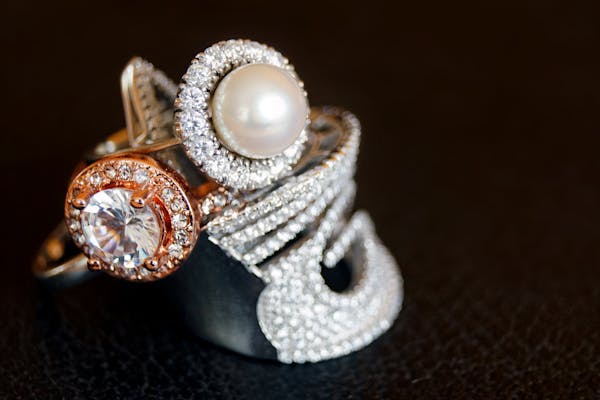
Site Selection
Choosing the ideal location is crucial for successful pearl farming:
Water Quality: Clean, unpolluted water with stable temperature and salinity is essential for mollusk health.
Depth and Substrate: The water depth must be suitable for farming equipment, and the substrate should be conducive to mollusk growth.
Protection from Predators and Pollution: Locations should be free from industrial pollution and excessive boat traffic, ensuring a safe environment for the mollusks.
Selection and Care of Mollusks
Proper care and selection of mollusks are fundamental for pearl farming success:
Species Selection: Choose the appropriate species of oyster or mussel based on the type of pearl desired.
Health Monitoring: Regular health checks are vital to prevent diseases and ensure the longevity of the mollusks.
Feeding and Nutrition: Mollusks require a steady supply of natural food, with additional plankton supplementation if needed.
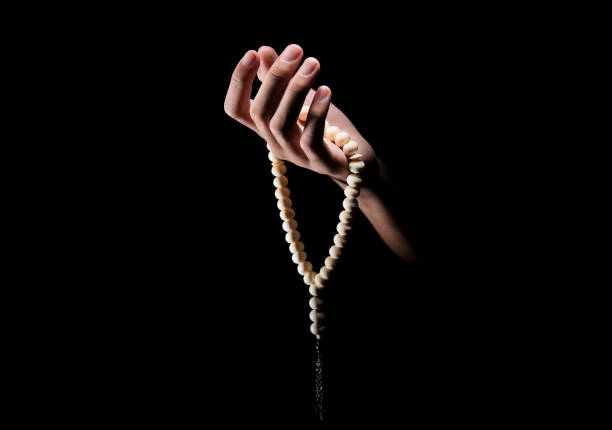
Implantation Process
The implantation process is intricate and requires expertise:
Grafting: A small piece of mantle tissue, along with a nucleus, is surgically implanted into the mollusk.
Recovery and Growth: After the implantation, mollusks are returned to the water where they begin the process of forming pearls around the nucleus.
Pearl Cultivation and Harvesting
The cultivation process includes several key stages to ensure high-quality pearls:
Growth Period: Pearls generally take 1 to 3 years to develop, depending on the type of pearl and the desired quality.
Maintenance: Regular cleaning of mollusks and consistent monitoring of water quality are essential for optimal pearl formation.
Harvesting: Mollusks are carefully opened to extract the pearls, ensuring no damage to the delicate pearls during the process.
Quality Control and Grading
After harvesting, pearls are carefully sorted and graded based on several factors:
Luster: The brilliance and reflective quality of the pearl’s surface.
Surface Quality: The presence of blemishes or imperfections that affect the pearl’s appearance.
Shape: Pearls come in various shapes, with round pearls being the most valuable.
Size: Larger pearls, measured in millimeters, are generally worth more.
Color: The color of the pearl is influenced by the species of mollusk and the conditions of the water.
Economic Considerations
Pearl farming can be a highly lucrative venture with the right management:
Market Research: Understanding the demand for different types of pearls helps determine what to produce.
Cost Management: Effectively managing costs related to equipment, labor, and maintenance ensures profitability.
Value Addition: Branding, designing jewelry, and effective marketing can significantly enhance profitability.
Environmental Impact
Pearl farming can be conducted sustainably with the right practices:
Eco-Friendly Practices: Sustainable methods of cultivating and harvesting pearls minimize environmental damage.
Water Quality Monitoring: Regular monitoring ensures that farming practices do not pollute or degrade the surrounding water.
Biodiversity Protection: Pearl farms can help protect marine ecosystems and promote marine health.
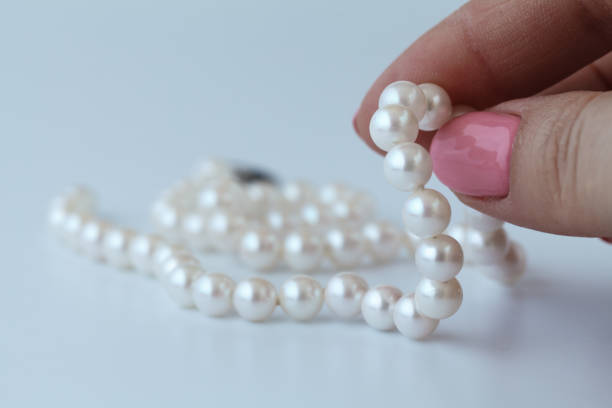
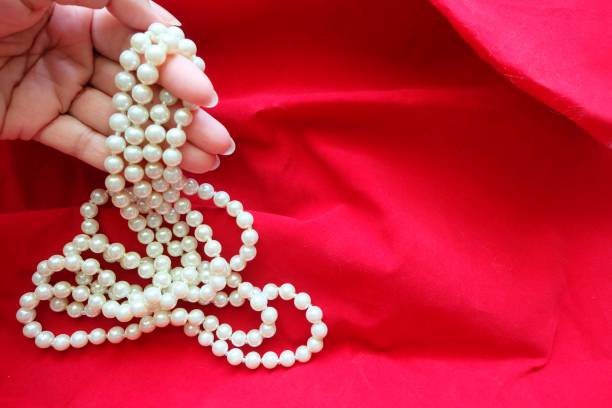
Encouragement for Small-Scale Pearl Farming Investment
Dear Aspiring Pearl Farmer,
Starting a Pearl Farming venture, even on a small scale, is both an exciting and lucrative opportunity. Here’s why investing in pearl farming could be a rewarding decision:
High-Value Product:
Pearls are highly valued in the global market, making them a profitable investment. Cultured pearls, especially for jewelry, maintain consistent demand, offering significant financial returns.
Sustainable and Eco-Friendly:
Pearl farming can be environmentally sustainable, supporting marine conservation efforts. The mollusks involved help filter impurities from the water, improving the surrounding aquatic environment.
Minimal Land Requirements:
Pearl farming requires very little land as it takes place primarily in water. It can be a great complement to existing aquaculture or coastal farming activities, maximizing the use of your resources.
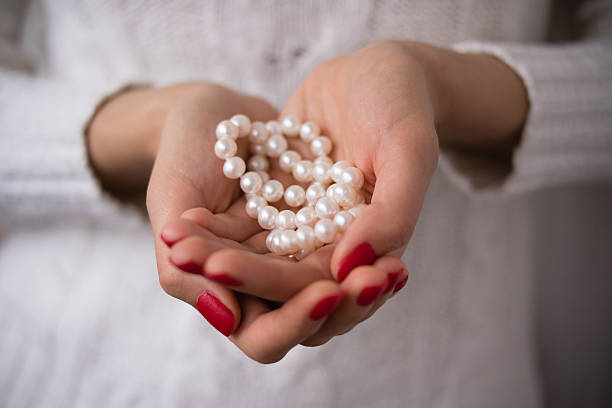

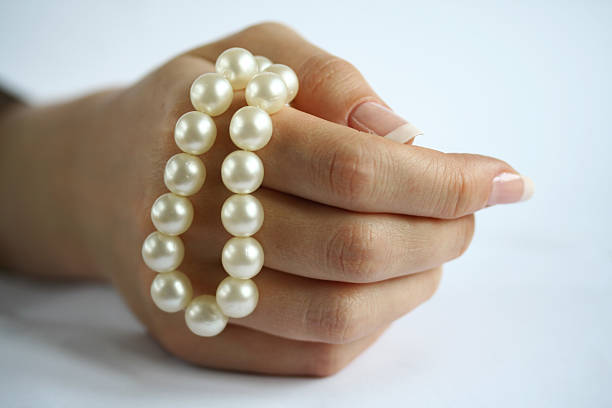

Long-Term Returns:
Although the initial setup and implantation process requires patience, the long-term profits from high-quality pearls can be highly rewarding. With effective management, mollusks can produce multiple pearls throughout their lifespan, ensuring a steady return over time.
Cultural and Economic Value:
Pearls hold deep cultural and historical significance, adding prestige and value to your farming venture. Additionally, pearl farming supports local economies and creates job opportunities, particularly in coastal and rural areas, fostering community growth.
Long-Term Returns:
Although the initial setup and implantation process requires patience, the long-term profits from high-quality pearls can be highly rewarding. With effective management, mollusks can produce multiple pearls throughout their lifespan, ensuring a steady return over time.
Cultural and Economic Value:
Pearls hold deep cultural and historical significance, adding prestige and value to your farming venture. Additionally, pearl farming supports local economies and creates job opportunities, particularly in coastal and rural areas, fostering community growth.
Taking the First Steps:
Start Small: Begin with a small, manageable number of mollusks and scale up as you gain more experience and confidence.
Education and Training: Take advantage of specialized courses, workshops, and available resources to master the techniques of pearl farming.
Plan and Budget: Create a detailed business plan and budget to guide your investments and ensure steady, sustainable growth.
Remember, every thriving pearl farm began with one small step. With your passion, dedication, and wise investment choices, you’ll lay the foundation for a successful pearl farming journey. Embrace the challenges, celebrate each milestone, and know that every step you take brings you closer to realizing your farming dreams.
Wishing you the best of luck in your Pearl farming journey!
Warm regards,
Valipi Reddy
C.E.O, IMFORU PVT. LTD.
